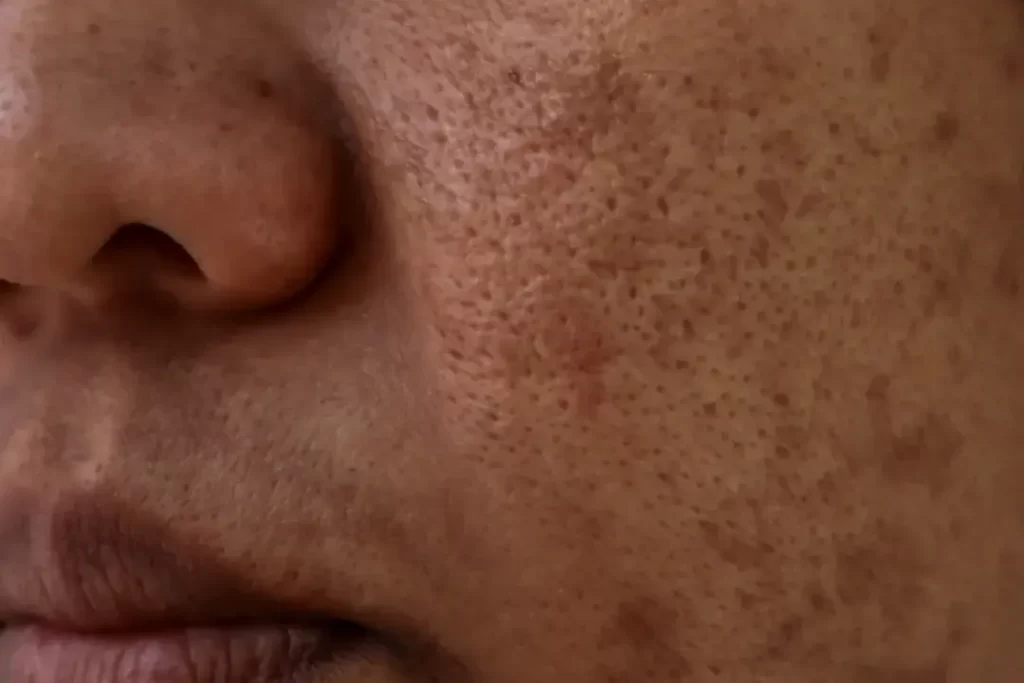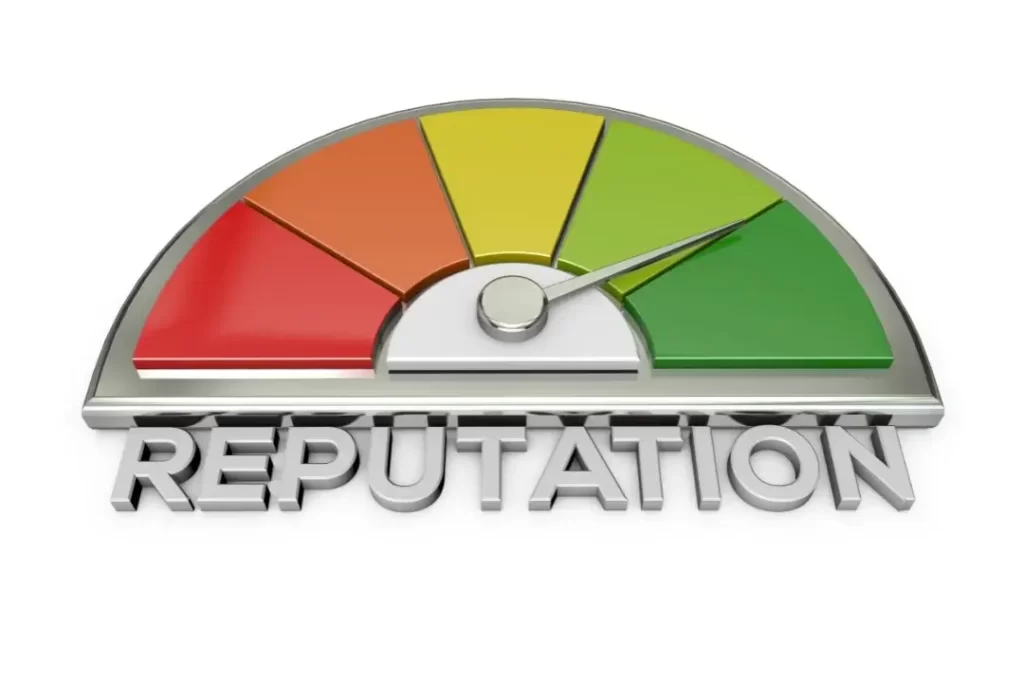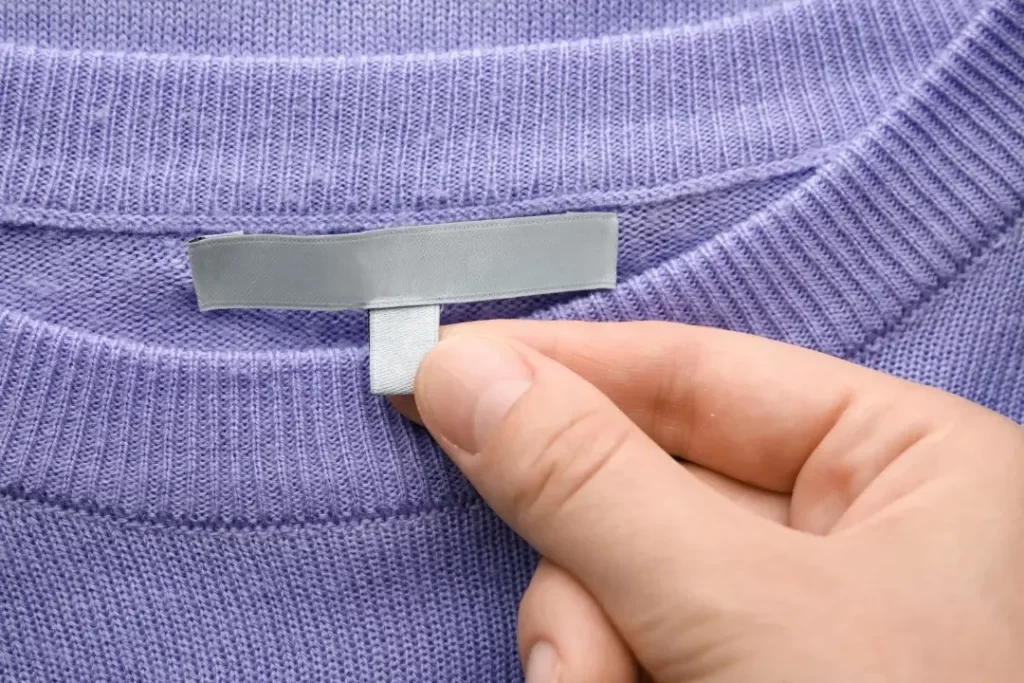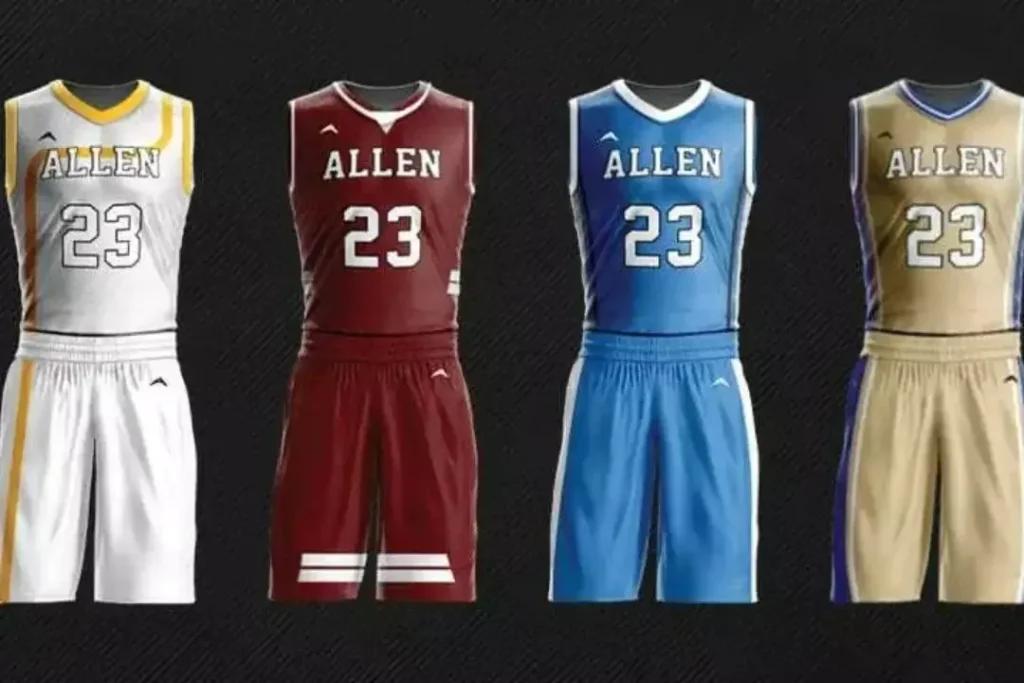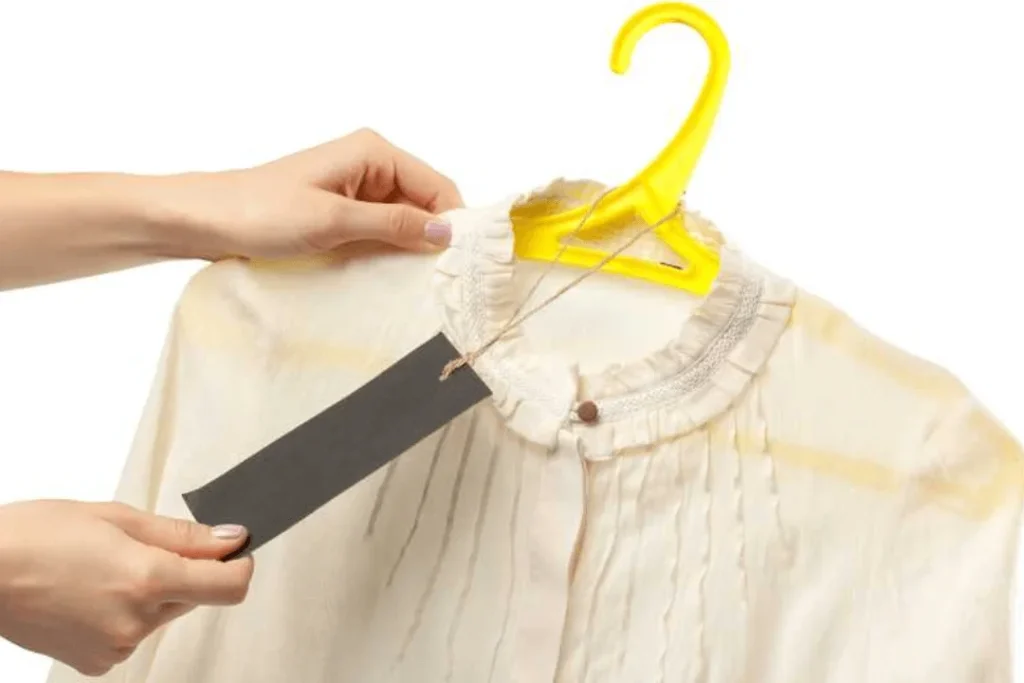
Benefits of private label clothing
Top 5 Benefits of Private Label Clothing Manufacturers! Learn how to influence customization, quality control, and flexible scalability to differentiate your brand in a competitive market. Private label clothes manufacturing is one of the most common topic among clothing brands , as more and more clothing businesses are looking out for it , due its amazing set of benefits it has to offer. The reason is simple, no one wants to juggle and put effort just to manage , manufacture unique branded clothes and then get them labeled as your own . Why not ask a single, better and reliable manufacturer to just manufacture those branded clothing under your private labels! Well that makes things alot easy isnt it?In the fast-changing world of fashion, creativity and opportunity come together in private label clothing manufacturing. You can share your style and ideas without worrying about all the details of making the clothes.Fashion brand growth through private labeling is a key part of the fashion industry and helps many brands succeed. As customer likings change, having special products that show your brand’s identity gives you an edge. It is a story beyond just putting a label on a product; it’s about sharing your story as well as what connects you with your customers. Everyone wants to be that brand that customers love and cannot forget, just like that favourite cozy sweater!This article aims to highlight the working and most important benefits of private label clothing manufacturer. By the end, you will have good reasons to consider this strategy and grow your brand. Whether you are an experienced business owner or just starting out, knowing these benefits can open new opportunities and inspire you to act. Let’s explore it and see how partnering with a private label manufacturer can lead you to success! Table of Contents Benefit 1: You can increase brand visibility with private labeling private label clothing helps to differentiate your brand. It means you are not only placing your name on a product, but it’s also showing your ideas and values in everything that you sell. This allows you to connect with customers. Think about it like wearing a nice outfit that fits you perfectly; it helps you show who you are in the market. Custom Branding Features Imagine walking into a store and not only noticing a product for how it looks, but also for the story it has. You can create your own brand identity through private labeling features such as your logo and tags, and even personalized packaging based on your style. Your logo attracts loyal customers, while special tags can share the story of your brand. You dress up your product, making it look good, so you have a good first impression! Control Over Design, Quality, and Materials Private labelling also provides the option to have your products branded as you would like them to be. Its one of the best benefits of private label clothing. You prefer to have that certain style or colour? That is up to you. Organic cotton? You can have it! And this way, your products meet your high standards. You would not serve a meal you are not proud to serve; likewise, you would like to present what you sell with pride. Creating a Unique Selling Point (USP) Using private labelling gives you a USP that puts your brand in a different league. Your USP is about what you sell and why you sell it. Are you focused on being eco-friendly or do you support local artisans? When you share your values, you’re significantly bonding with your audience for your brand to be more than just a name. When the customer feels this bond, they’re buying more than just clothes-they’re buying your story. Examples of Successful Brands Consider Everlane and Alo Yoga. These two brands use private labelling to establish their respective brands. Everlane is a brand creating fashionable clothing while also being completely transparent about what the company claims are its ethical production methods. Alo Yoga creates Activewear Fabric that combines both form and function, with a focus on eco-friendliness. The ability of both brands to make an impression in the consumer’s mind came from private labelling! Benefit #2: Reducing production costs with Private label clothing manufacturing When it comes to running a clothing brand, keeping costs low is highly significant. Nobody wants to spend too much money and make less profit. Private labelling can be your key to saving in the current market. Rather than having to face high wholesale prices, private labelling offers you an easy way out to save money and increase your profits in today’s market. Private Labelling Vs Traditional Wholesale Pricing The traditional wholesale pricing is complicated and costly as well. You end up paying a lot for branded items due to the presence of many middlemen making their respective cuts. This is where private labelling works in favour of creating your brand on your own and dealing directly with the manufacturer, thereby setting your price without huge markups. How Private Labelling Helps Save You Money Here is how private label apparel solutions for retailers can save you money: No Licensing Fees Normally, you pay licensing fees to sell branded items. You don’t have to pay those fees with a private labelling. That means the money saved will be used as an investment in your business or for self-entertainment purposes Low Production Cost-effective clothing manufacturing Private label manufacturers can offer lower prices simply because they are hugely effective in production. Make good clothes at nearly little cost as when you buy them from established brands. That’s almost like getting a great deal! No Middlemen There would be no extra costs for middlemen. Work directly with a private label manufacturer to exchange better terms and make quicker decisions, such as accelerating a product launch. You would be amazed just how much money could save by cutting rff middlemans, that makes it one of the best benefits of private label clothing. How private labeling can







